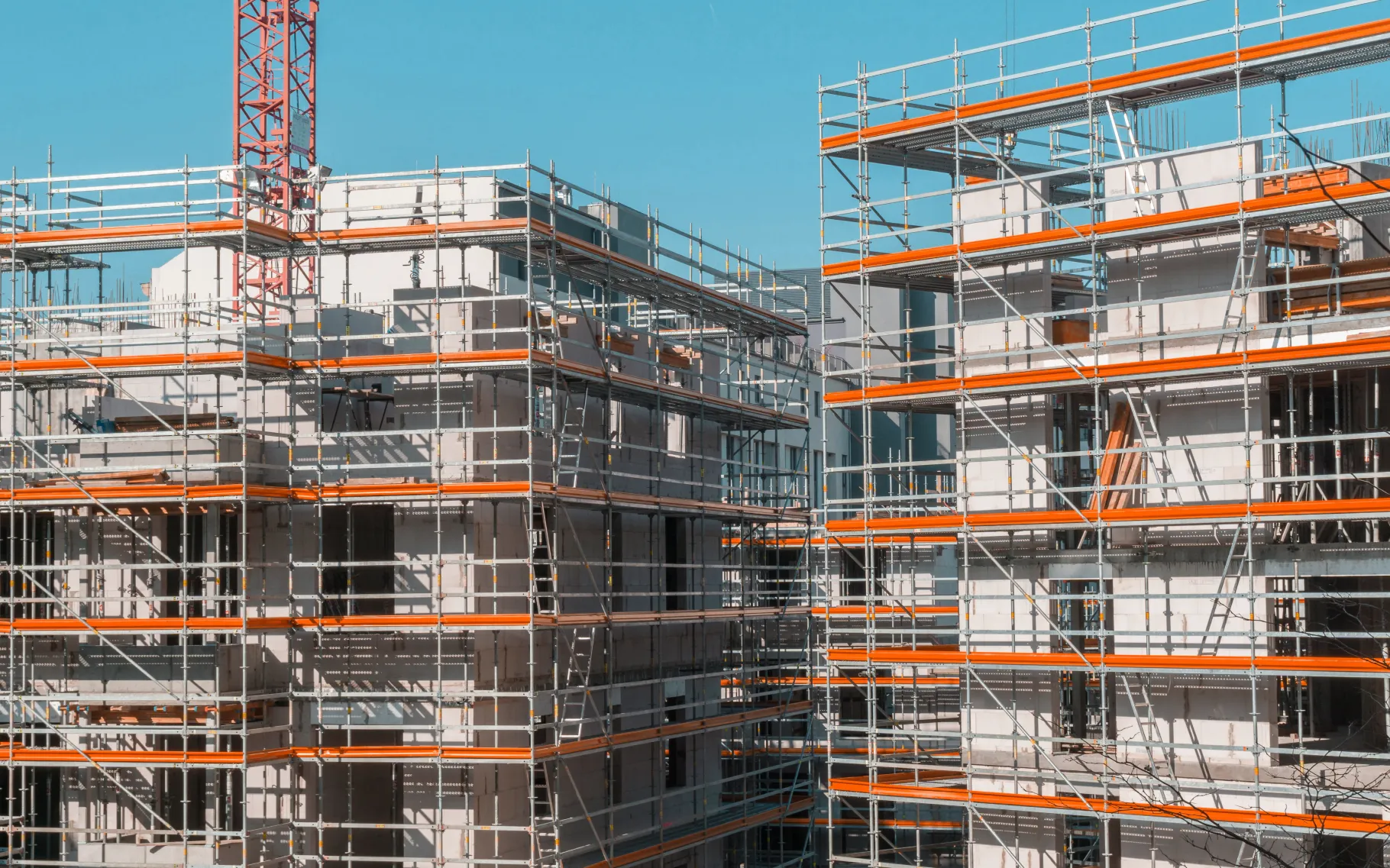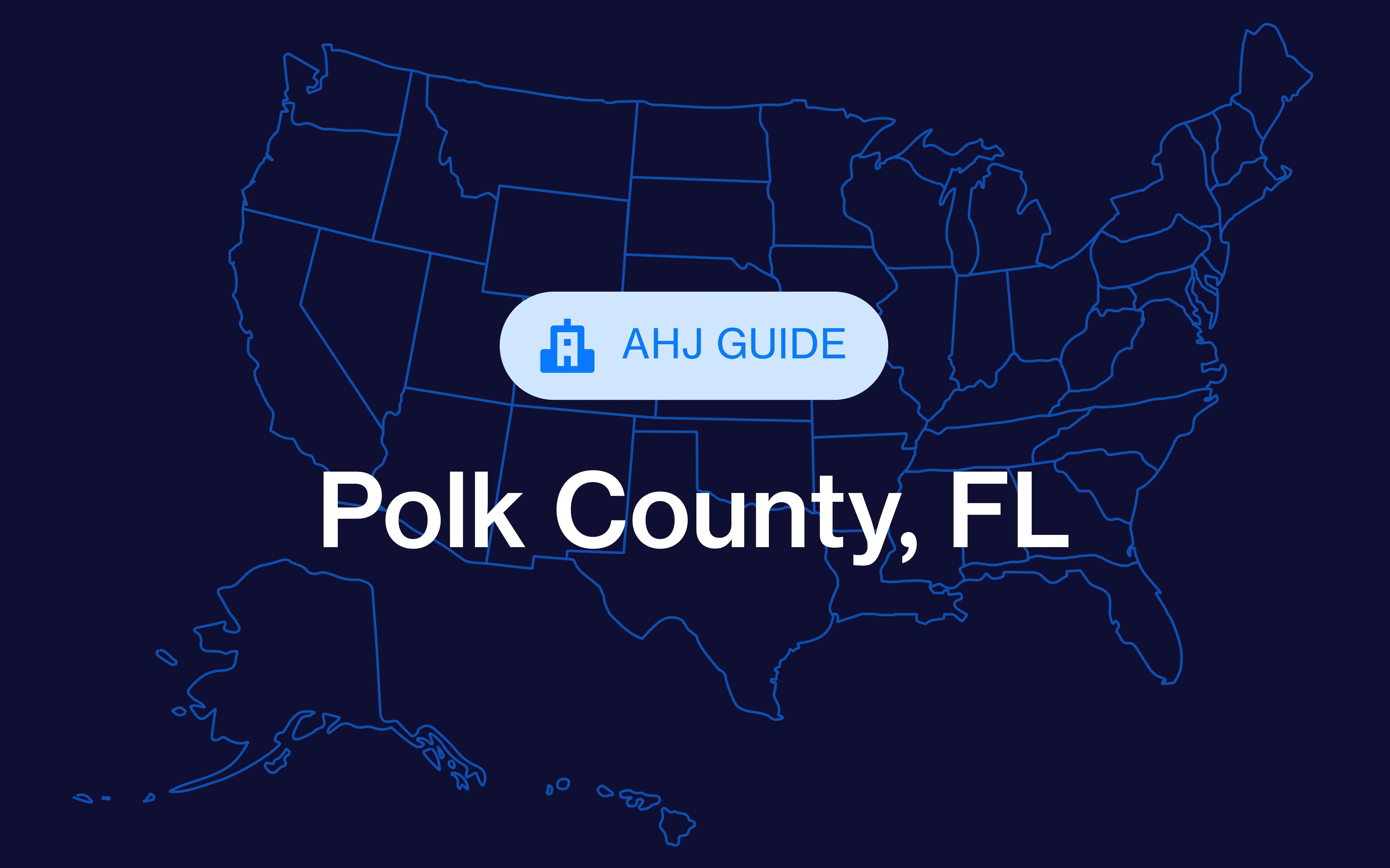Efficient operations are crucial in the construction industry to meet deadlines, control costs, and ultimately grow your business. One effective way to achieve this is by integrating building permit software into your workflow from the start.
While building permit software isn’t necessary for the construction process to commence, implementing it into your workflow can directly impact both the financial health and the profitability of a construction business. In this article, we discuss six key ways building permit software can directly impact your construction business’s bottom line.
1. Cut down on permit delays
One of the biggest complaints about submitting building permits is the inevitable delays that can lead to missed deadlines and monetary fines down the road. When permit submission processes aren’t clear, it’s much more likely for delays to occur.
Project delays can be costly—and fines add up as well. In the short term, a delayed construction project can lead to increased labor costs in the form of extended hours for works and additional costs for specialized equipment rentals or maintenance. In the longer term, construction delays can affect your reputation with your customers and reduce negotiating power in the long run.
Building permit software like PermitFlow can help prevent these delays by clarifying the permit submissions process. In addition to providing clear guidelines for what you need to submit, building permit software helps to automate the application process and streamline communication both with your teams and the municipalities handling your permit. When juggling several permits at once, building permit software provides a bird’s eye view of all permit statuses, allowing you to quickly identify which need immediate attention., and what needs your attention right away.
2. Lower your administrative costs
The act of submitting a permit requires a handful of costs up front. The most obvious cost that may come up in this process is the application and permit fees—permit submissions aren’t free, and for the most part, this part of the process will never change. Minimizing these costs are unlikely, but still necessary to consider as part of your budgeting process. Some organizations use consultants or permit expediters to help ensure their permit submission goes smoothly. While their expertise is helpful, it can also add additional expenses to your budget.
Implementing building permit software can reduce administrative overhead costs by helping to automate tasks and streamline communication. This can help by reducing human error throughout the process and help assist those teams that might not have the bandwidth to hire dedicated individuals for the permitting process.
3. Optimize resource allocation
Having to constantly search for updates on permits within your email, or remember to connect back with certain government agencies regarding permits takes time, labor, and attention away from critical areas of your construction build. Implementing building permit software can help to create more efficient workflows and plan resources in a more concise manner.
With building permit software, you can receive real-time updates and reduce the amount of time someone on your team spends checking in on permit status. This provides your team more bandwidth for crucial work, such as managing other vendors or balancing project budgets. Overall, this can reduce labor costs by eliminating time-consuming work from your team’s plate.
4. Enhance project forecasting and budgeting accuracy
Submitting a permit can feel a lot like a guessing game if submission guidelines are unclear or if you’re unsure of the communication process. If you don’t have clarity on the process every step of the way, this can make forecasting and budgeting a major issue. Most teams will overestimate and establish a large buffer of time before project construction and permit submission. However, if done incorrectly, this can cause a huge gap of time where construction could begin, or push the project into a delay.
Utilizing building permit software helps to provide a more accurate timeline in the permitting process so your team can better schedule and forecast your final project accurately. In addition, this also ensures that your project stays within budget. When projects go according to plan and stay on their expected timeline, your team can better avoid additional fees and understand where in your project money goes.
5. Boost customer satisfaction and retention
Setting up customer expectations is important, and maintaining those expectations is essential for maintaining a good relationship with those customers. When you communicate your project timeline to your customers, it’s important that you stick to those timelines as much as possible to ensure that they’re getting what you promised. Any delays, whether that permit related or ones out of your control, can strain that relationship.
While building permit management software cannot help with delays such as weather-related issues, it can help you communicate more accurate project timelines to your customer. When you’re able to stick to your project timeline, you can come back to your customer on-time, or even early, with a completed project and a satisfied customer.
6. Ensure compliance and minimize risk
If you submit inaccurate or non-compliant information in your permit submission document, you can face fines, delays, legal fees, or even a full-on project shutdown. The permit submission process is put into place to ensure that your project is safe for future building occupants, and if your plans don’t meet those standards, it needs to be fixed until it does.
Building permit software can help by providing a framework for your submissions to maintain compliance and minimize the amount of risk of encountering non-compliance issues. With this framework, this can help ensure that your submission is right the first time, minimizing the amount of edits or reworks you’ll have to do later on.
Improve your bottom line with building permit software
Investing in building permit software like PermitFlow isn’t just about streamlining your permit submissions—it’s about establishing a good foundation for your construction business’s financial health. Minimizing delays, lowering administrative costs, and creating more accurate resource allocations all help to contribute to better profit margins in the long run.
Time is money in the construction industry, and PermitFlow can help provide your organization with the competitive advantage it needs to help create long-term success and profitability.
Interested in learning how PermitFlow can help your business? Talk with one of our permitting experts today.








